Brownstone Boys: Soundproofing During a Renovation
Do you find yourself knowing what TV show your neighbors are binging or worse yet what their daily fight is about?

Our brick walls were pretty well sealed, but we took extra steps to repoint any gaps and add an extra layer of dry wall
Editor’s note: Welcome to the 68th installment of Brownstone Boys Reno, a reader renovation diary about renovating a brownstone in Bed Stuy. See the first one here. They also blog at www.thebrownstoneboys.com.
Do you find yourself knowing what TV show your neighbors are binging or worse yet what their daily fight is about? You’re not alone, especially as we are all home more now to hear it. It’s something we considered as we were renovating. We had not yet lived in the place since we just bought it but should we take precautions while construction is in process to sound proof the walls and floors?
It’s a common problem especially in older buildings, and surprisingly even through the masonry walls next door! The good news is that there are solutions. If you already have plans to renovate considering adding ways to soundproof.
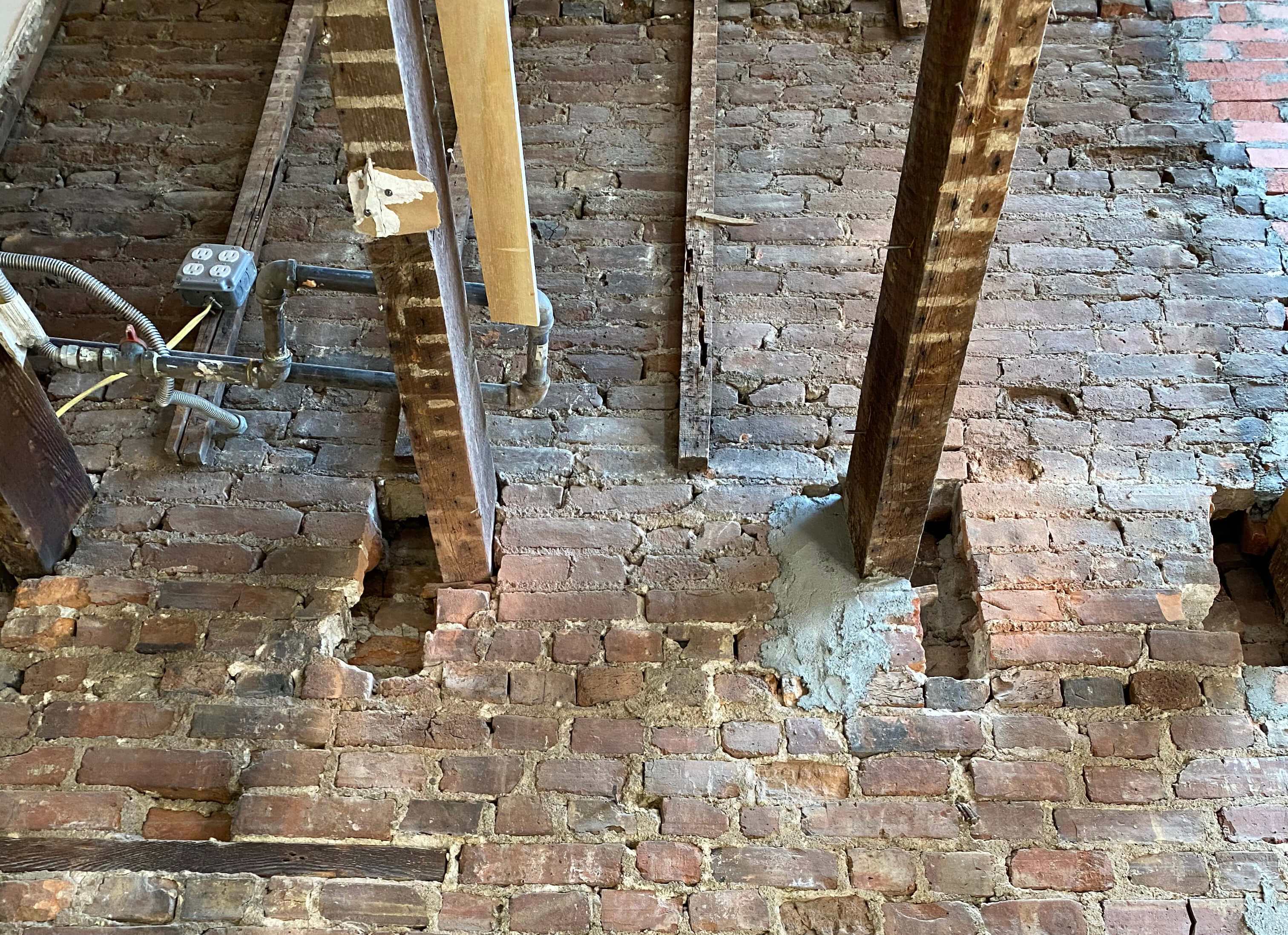
What you do to help eliminate sound transmission depends on what type of noise you are trying to reduce. Taking the physics that we frankly don’t understand out of it, there two main ways sounds are transferred. High frequency sound that bounces around and finds any hole or gap to go through and mid and low frequency bass tones that tend to vibrate objects they hit (including the air!). Your plan should include stopping both. Keep in mind that anything that you do will only reduce sound transmission. Short of rebuilding all of your walls and floors with completely different materials specifically with the goal of zero sound transmission in mind, some noise will find its way through.
Diagnosing The Problem
Sound will always find the path of least resistance to travel through. Just like water, any place there is a hole it can travel through. And anywhere materials come in contact with one another vibrations will travel.
Some brownstone dwellers who think they are insulated from their neighbors by a couple layers of brick wall quickly find that even normal conversations can carry through. The first place should be for gaps. Usually a consistent well pointed masonry wall or 2 will do a good job, however after 100+ years there are likely holes and even bricks missing. We can’t even count how many times we have seen drywall or plaster removed from a brick wall shared with a neighboring house only to be able to see directly into the neighbors space! Of course sound is easily coming through. After many decades you never know what state the bricks are in behind the walls until you can see them. If someone did work next door they may have come through to your wall, possibly before it was even your wall. Plumbing and electrical work or just decaying masonry may have created openings.
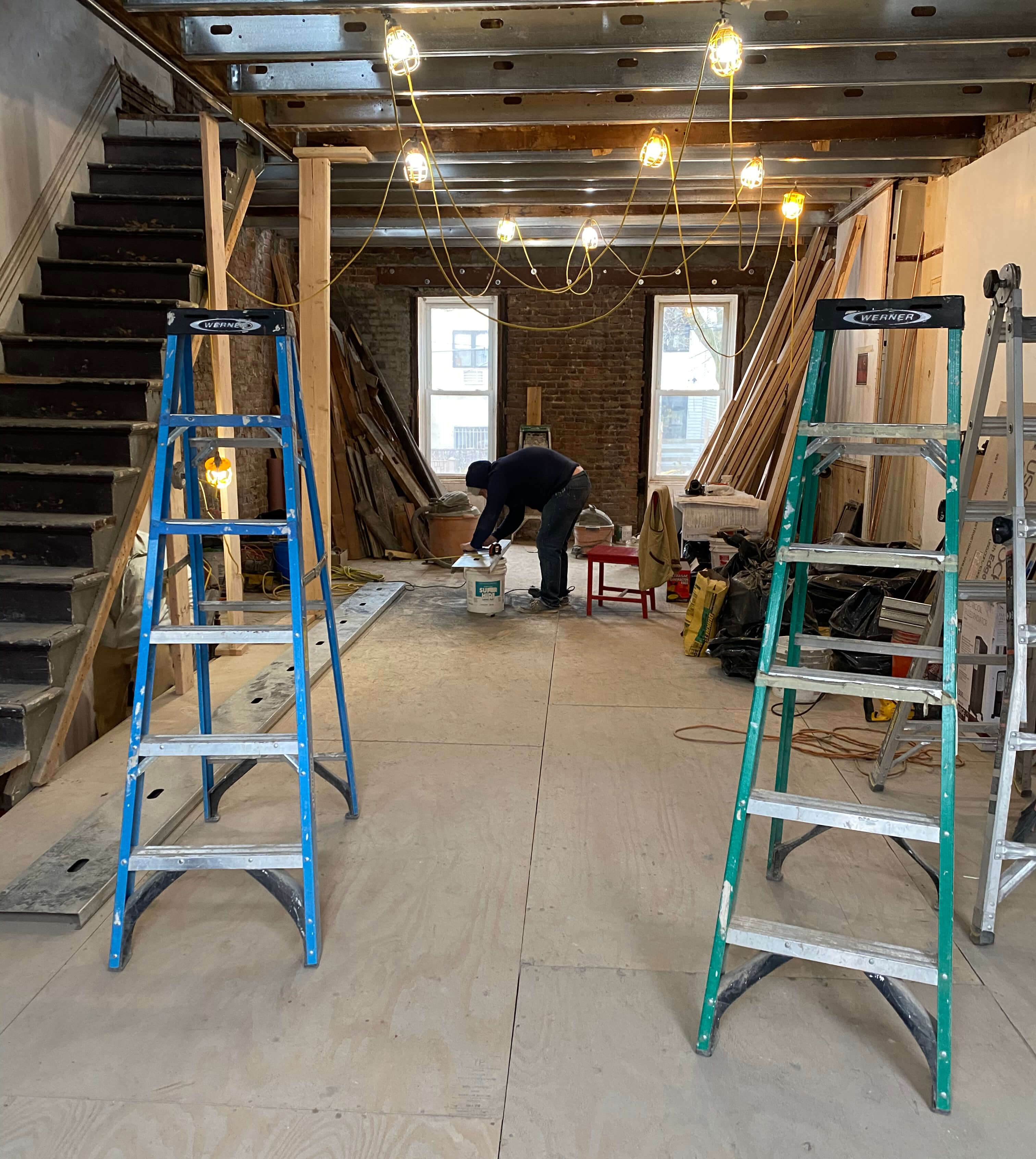
Maybe you’re living in an apartment building and don’t have the advantage of a masonry wall separating apartments, you still have solutions if you’re renovating. Sometimes it can feel like you are separated from your neighbors by the thin layer of drywall.
The other areas where many people are struggling with sound transmissions are through floors and ceilings. Can you hear every footstep and floorboard creak? A good friend of mine always references the “baby elephants” that live above her in a multi-family brownstone, but likely they are just normal New Yorkers going about their daily lives who aren’t even necessarily heavy footed. The sound transmission is so uninhibited it is all coming through. Unfortunately this is a difficult problem for my friend to solve but if you are renovating a brownstone there are ways to improve it.
So now that we’re all on the same page with the problem let’s talk about some potential solutions.
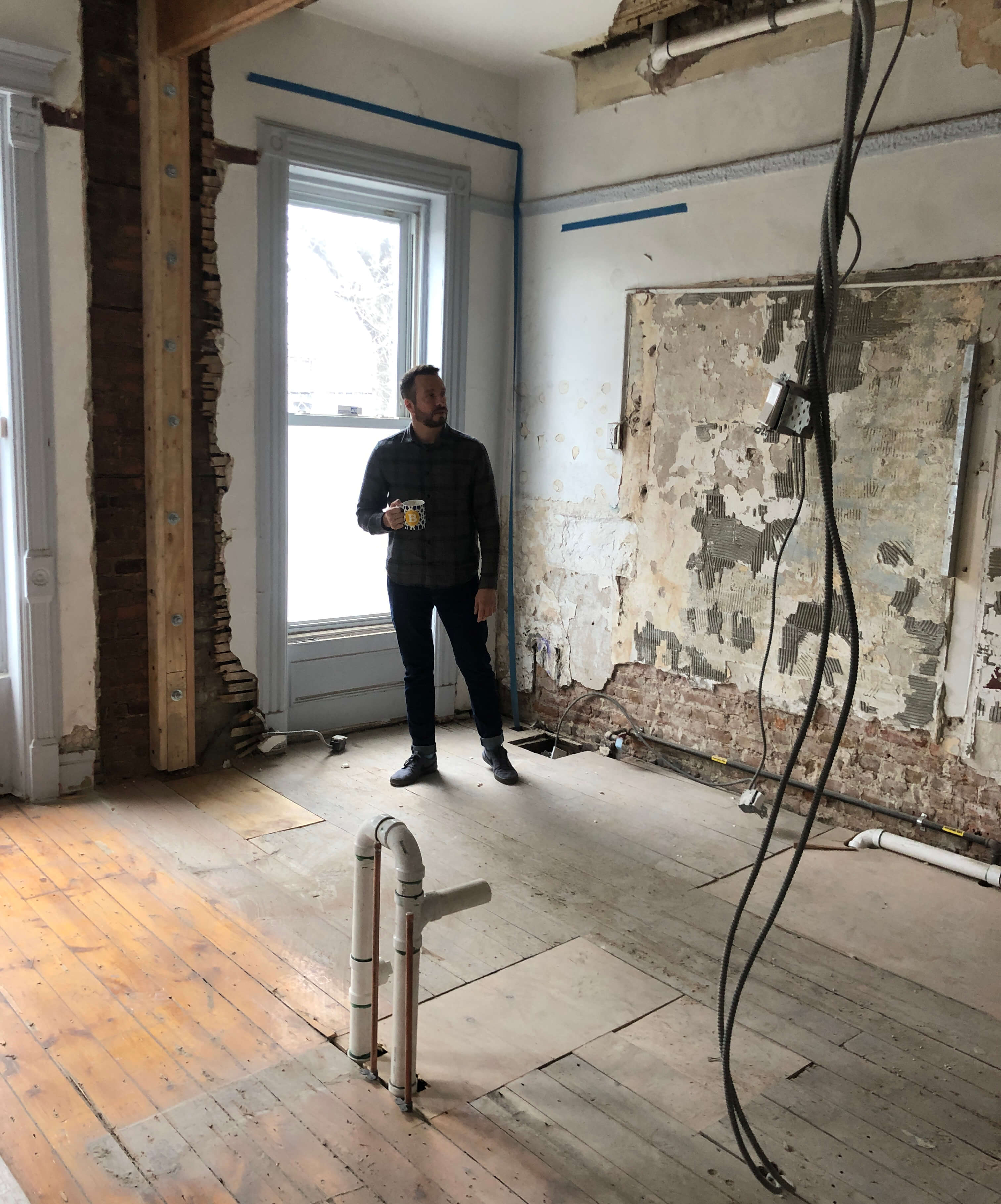
Masonry Shared Walls
If you are renovating a row house take the extra steps to make sure your side masonry walls are sealed up. If there are bricks missing, have them replaced. If there is missing or decayed mortar, have them repointed. In fact, this is a very good idea outside of noise transmission. The masonry is what gives the building its much needed strength not to mention unwanted pests and rodents that take advantage of openings between buildings. If you have a properly sealed up masonry wall between you and your neighbor you should bring most sound transmission down to acceptable levels for NYC. If you want more protection, skip the exposed brick and put a layer of 5/8” drywall over the brick. Additionally you can add 2 layers of drywall and even sandwich in a layer of acoustic caulk or something like mass-loaded vinyl which will help with the vibration of the adjacent surfaces for the low level frequencies.
Non-Masonry Shared Walls
Same rules apply! You need to stop the high level frequencies from leaking through gaps and you need to stop the low level vibrations. Acoustic caulk can help fill any gap or space and a double layer of drywall sandwiched with something to stop the vibrations will create a barrier. This would work well if you could have a solid wall with no interruptions, but that is unlikely. There are going to be outlets and light switches creating a sound super highway right through your new sound deadening walls. For this it is possible to install air tight gaskets behind the electrical outlet plates.
Floors
If you lifted up an original floorboard you would likely see that it is sitting right in top of the joists, then a layer of air, and the ceiling to the floor below you. There is no barrier to stop or even slow down vibrations and there is very little to stop high frequencies from leaking through. If you have original floors that are in good condition that can be refinished we would never recommend ripping them up just to sound proofing. Hearing a footstep, or a creak or 2 is part of the charm of living in these old buildings. There are modern concrete buildings for those who have a low tolerance. But if your project includes replacing floors it’s a great opportunity to add some sound proofing. Adding insulation and extra layers of material is what is most effective. Laying a subfloor with sound dampening underlayment can at least give you something to slow it down.
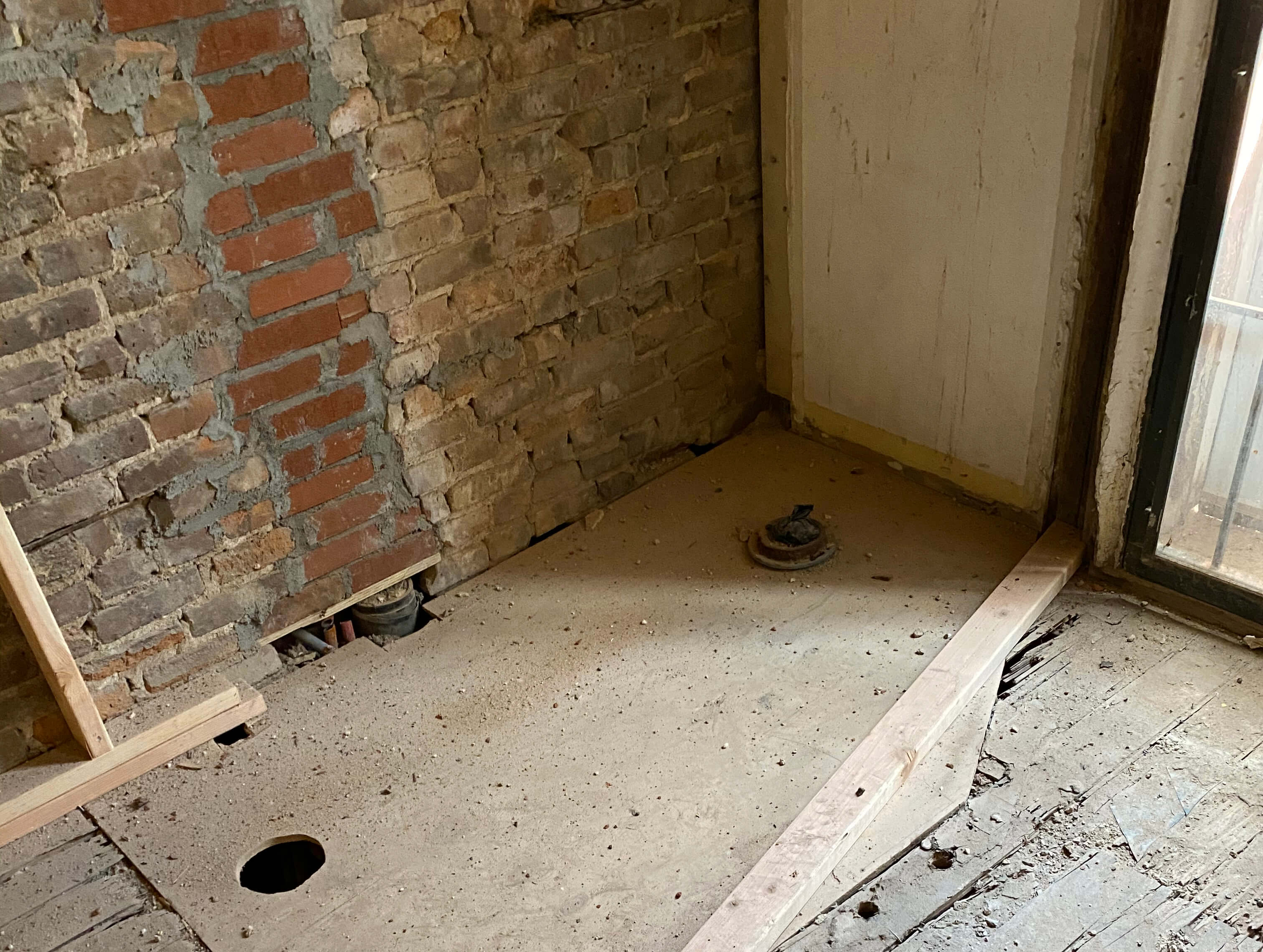
Interior Sound
Are your neighbors not the only noisy contributors to your space? Sometimes the problem is coming from inside the house! Add extra drywall (if you’re renovating), use an acoustic caulk to seal all gaps, and add solid core doors with a sweep.
Outside Sound
Replacing windows is your best renovation solution to reducing outside noise coming into your home. The more layers the better. Windows with 2 or 3 panes will greatly reduce the amount of noise coming through.
There’s a huge range of potential solutions and costs to go along with it. There are even companies that specialize in sound dampening and engineers who can test for the problems. People spend hundreds of thousands on solutions like acoustic barrier insulation, walls and ceilings hung on vibration-absorbing rails, and floating floors that still only reduce sound transmission. Some solutions that might work 99% of the time in other places may not work for your problem. The bottom line is that we will live with some sound transmission in a place like NYC where we are in such close proximity to other people and noise sources. There are practical steps we can take during a renovation to make sure it’s at a tolerable level. You’re going to hear a few things from next door, unless you’re willing to move to your own 100 acres upstate, but good luck with the crickets!
[Photos by Brownstone Boys unless noted otherwise]
Related Stories
- Brownstone Boys: Our Top 5 Ideas for DIY Projects While We #StayHome
- Brownstone Boys: Pros and Cons of Tankless Water Heaters
- Brownstone Boys: Extra Time on Your Hands at Home? Planning a Renovation or Home Makeover
Email tips@brownstoner.com with further comments, questions or tips. Follow Brownstoner on Twitter and Instagram, and like us on Facebook.

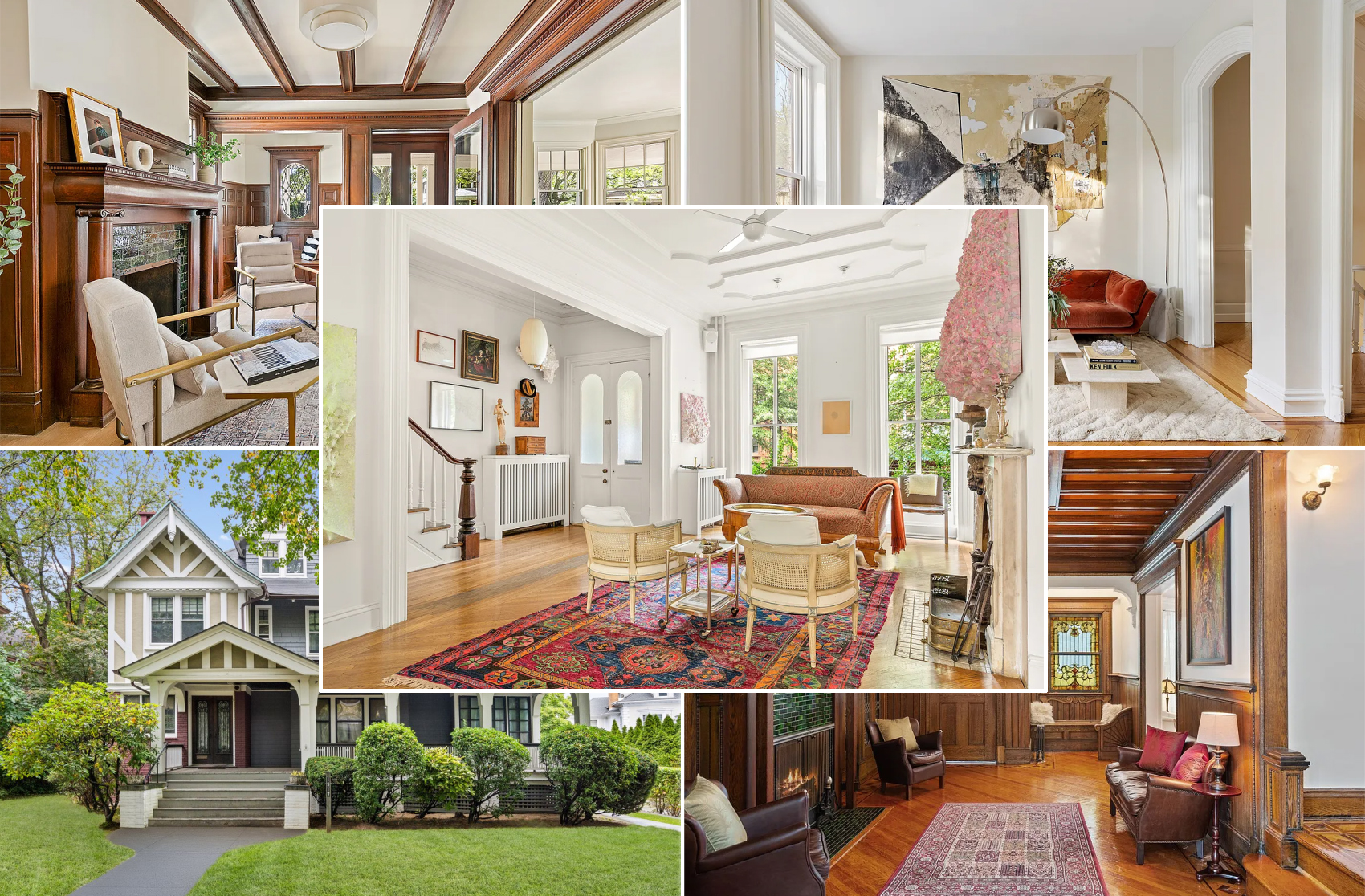
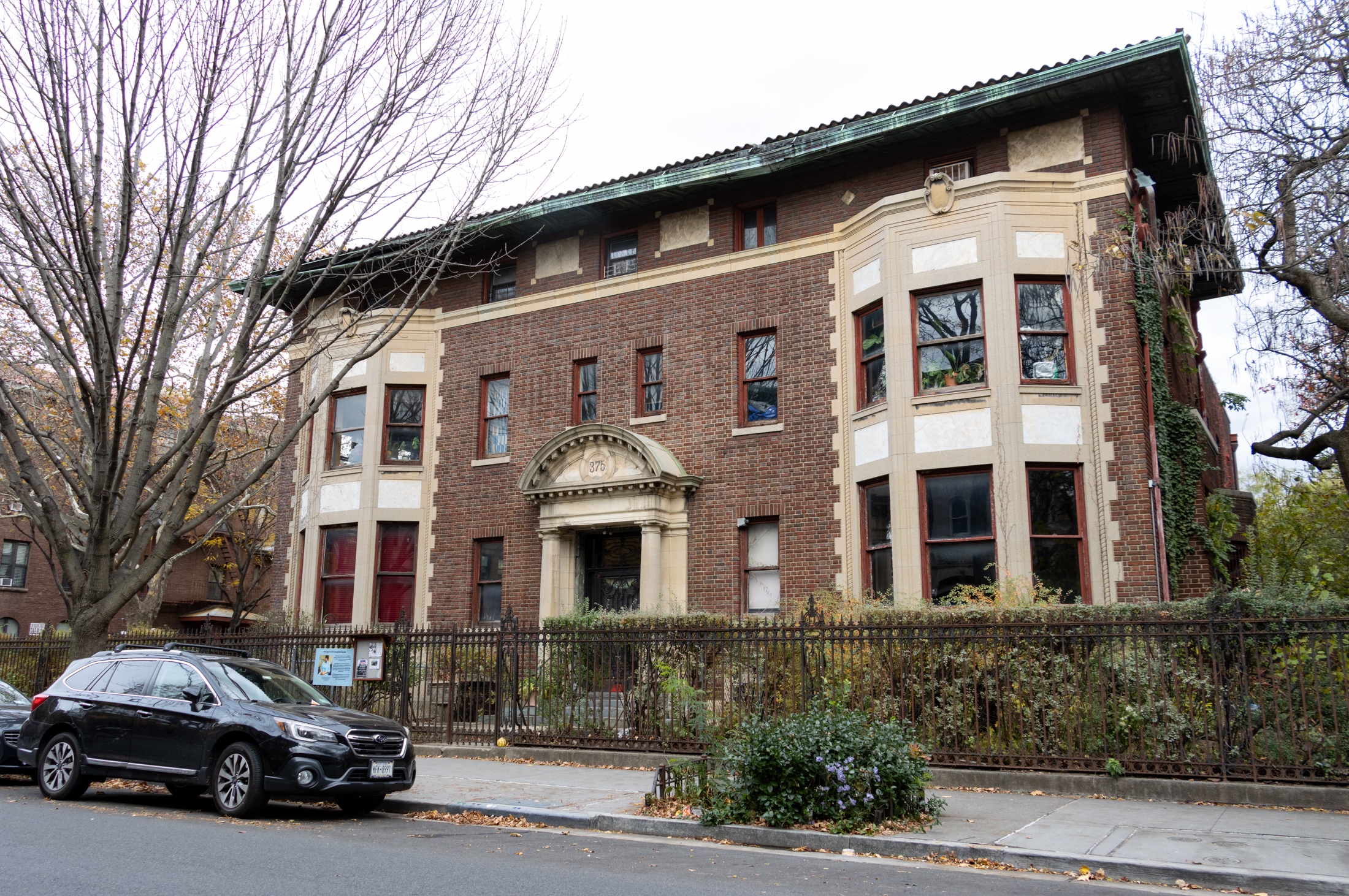
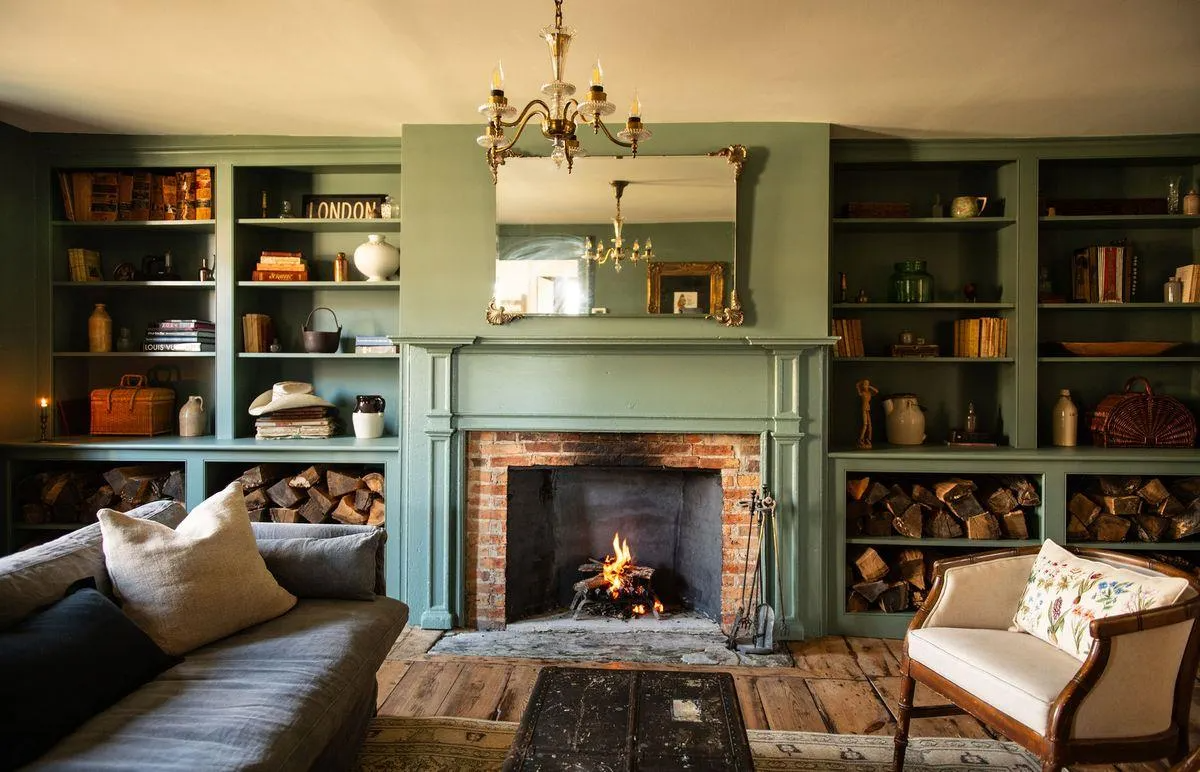

What's Your Take? Leave a Comment